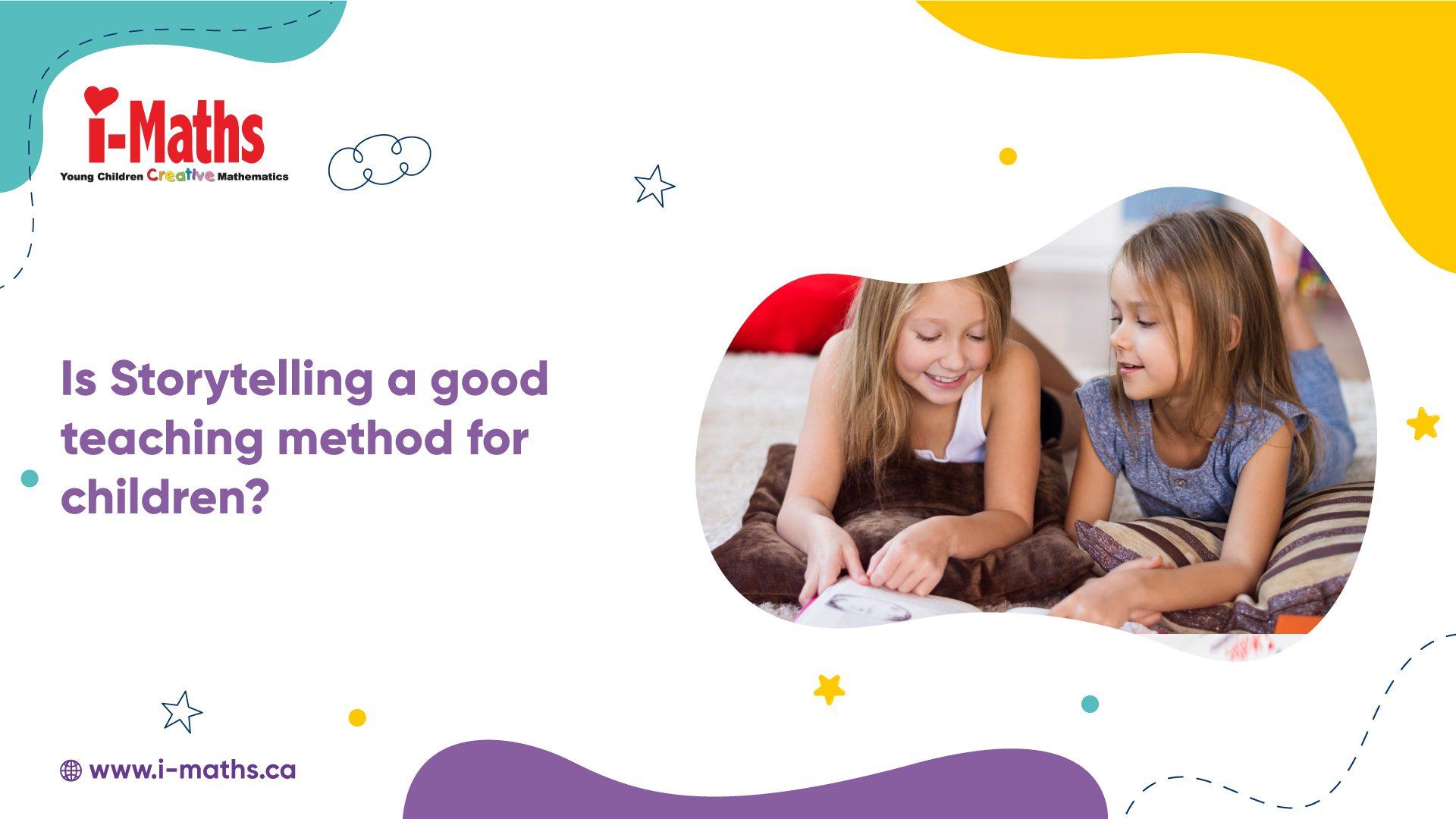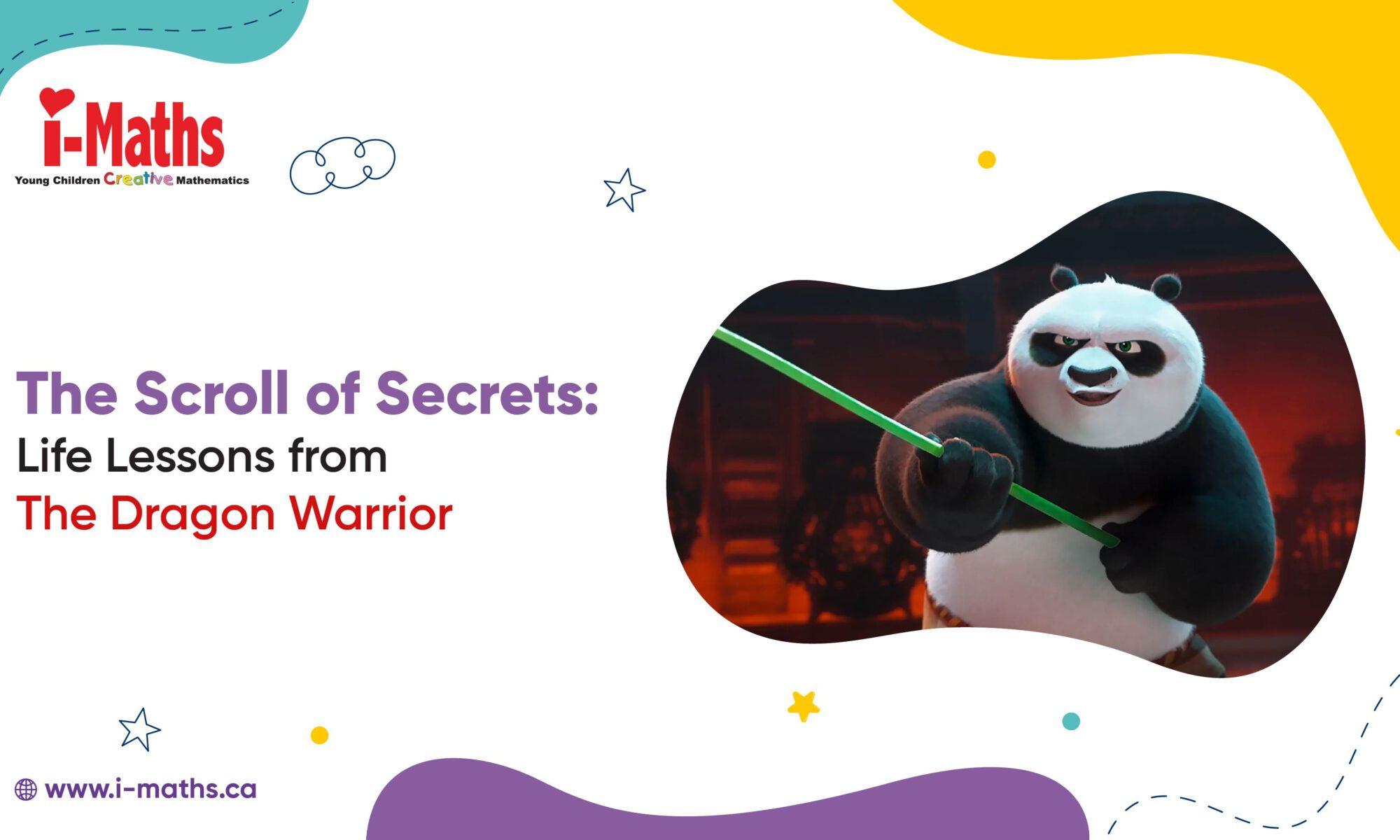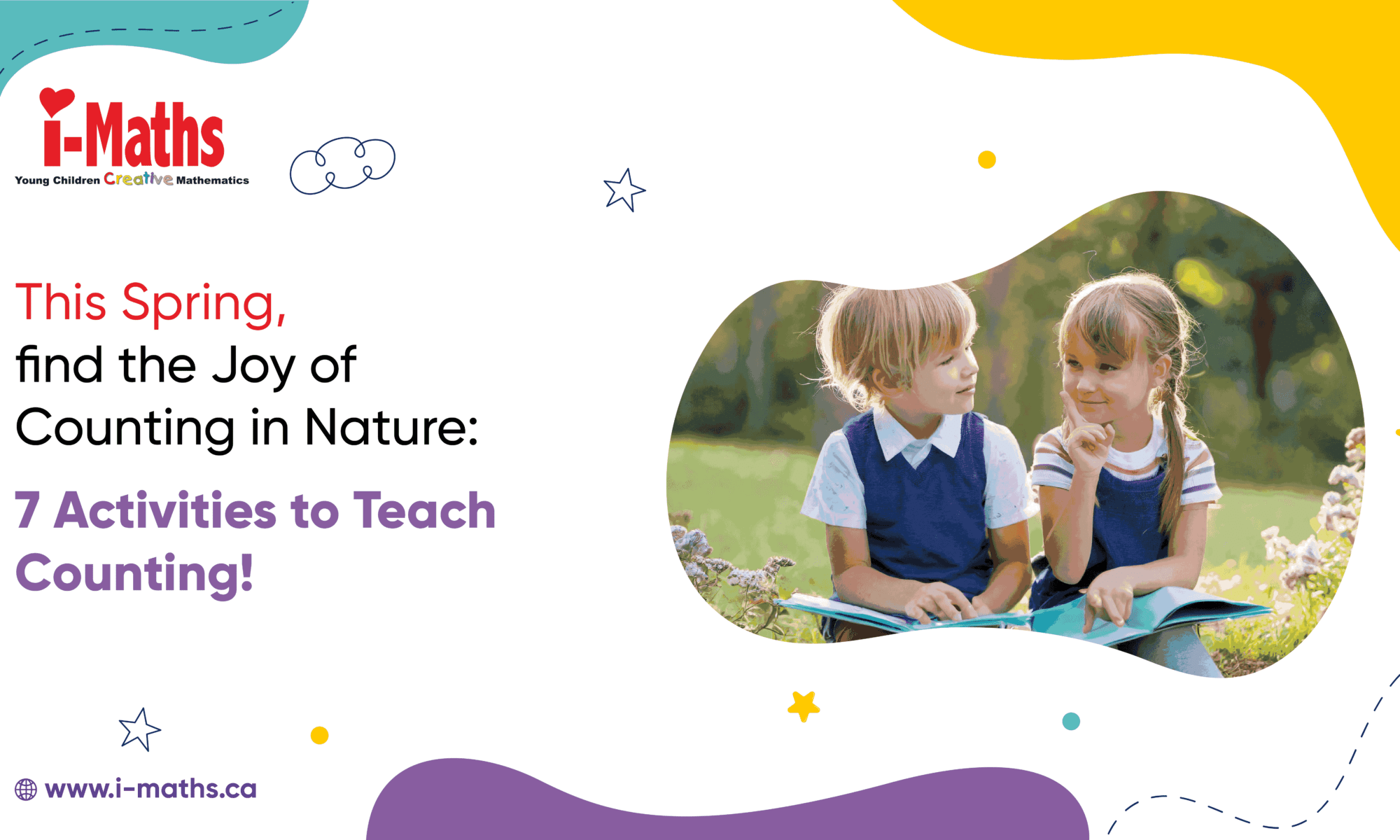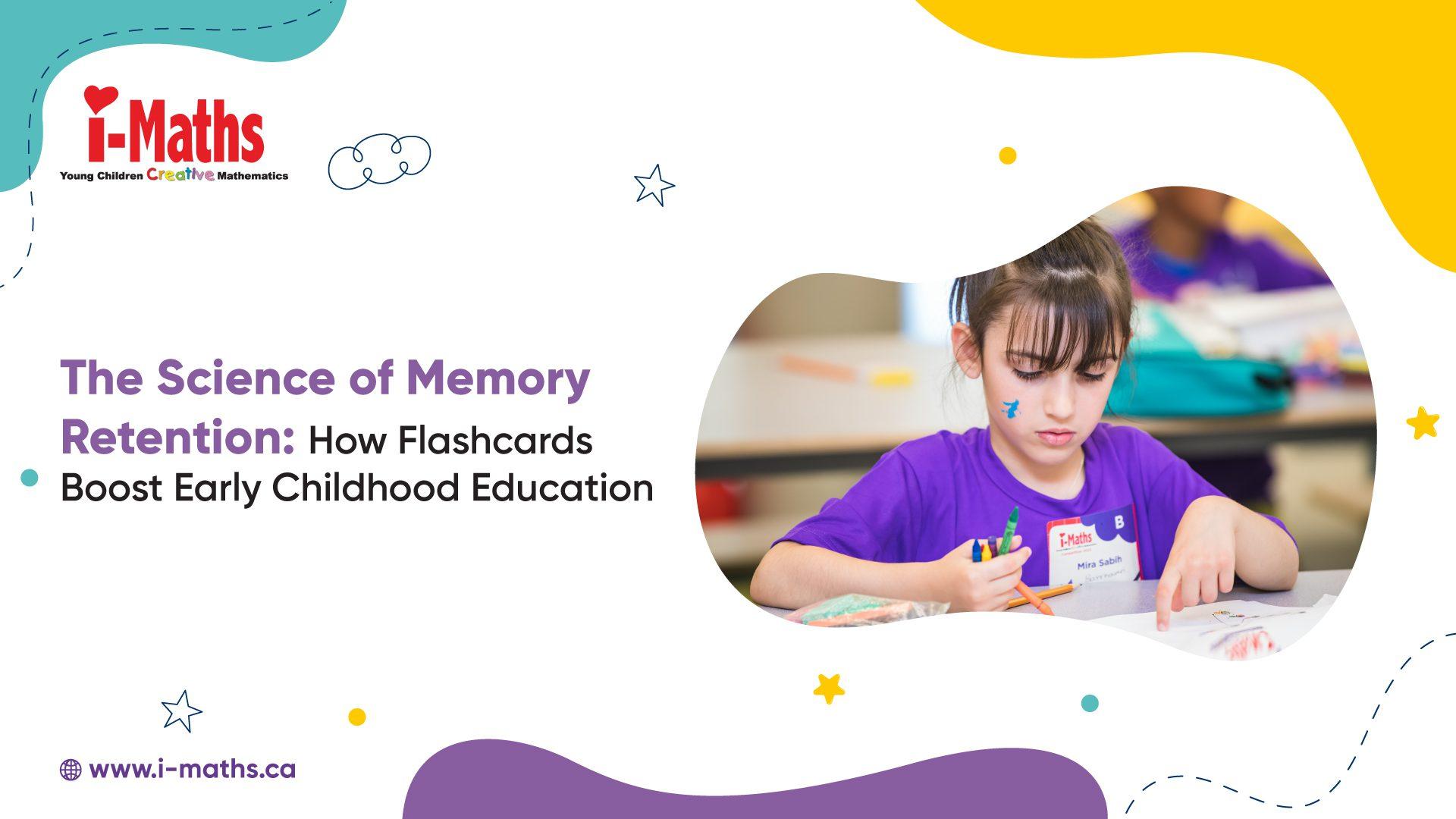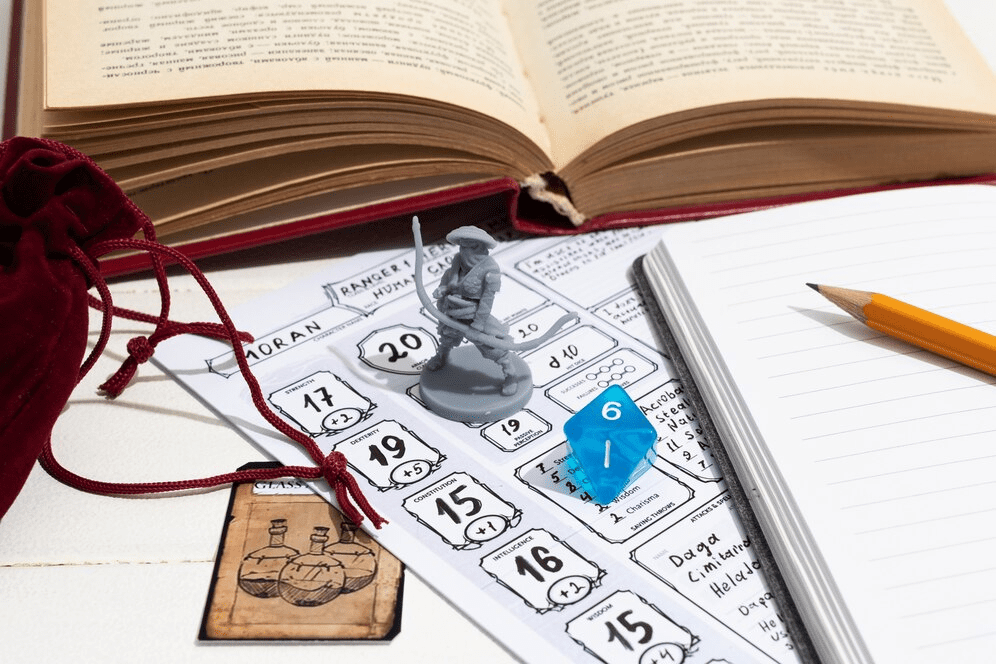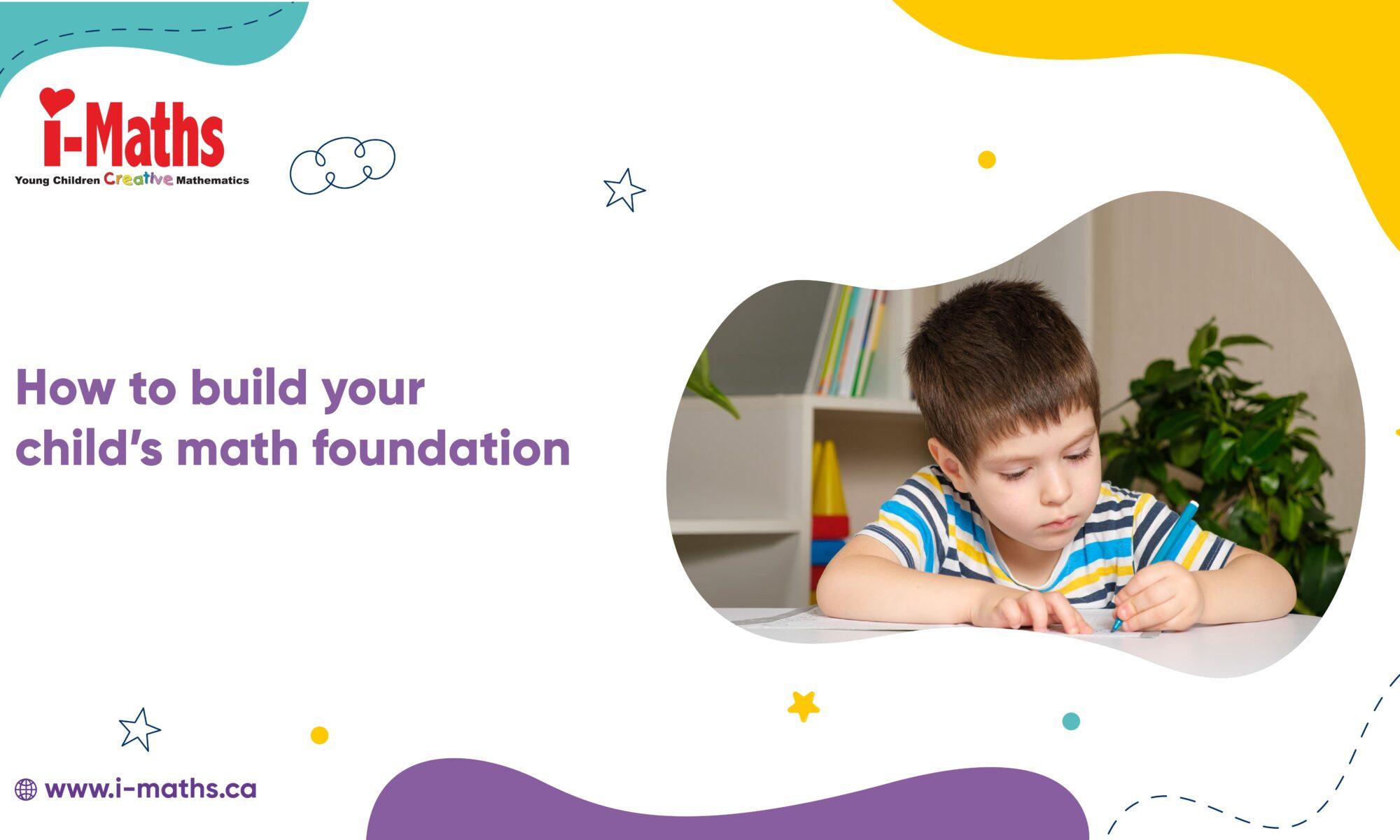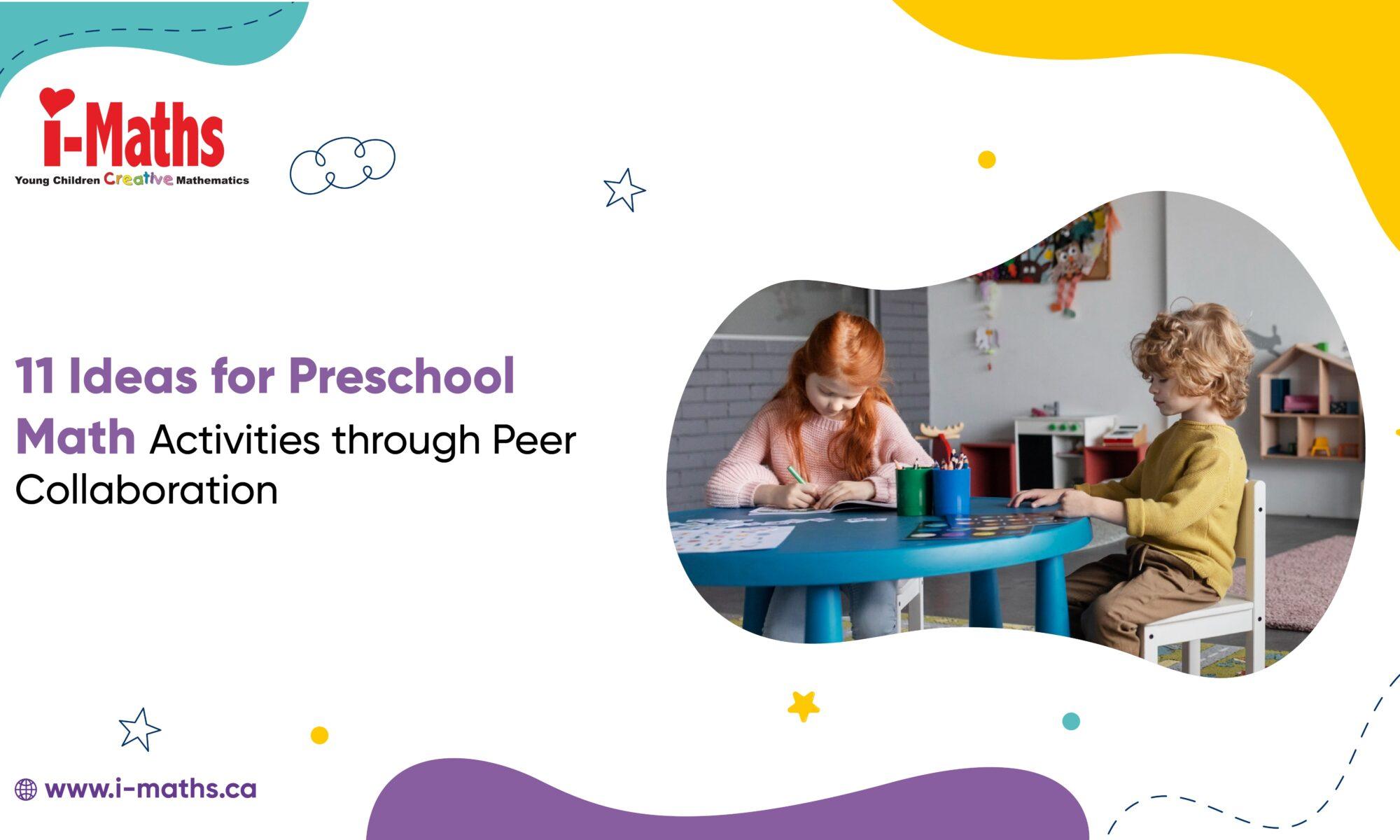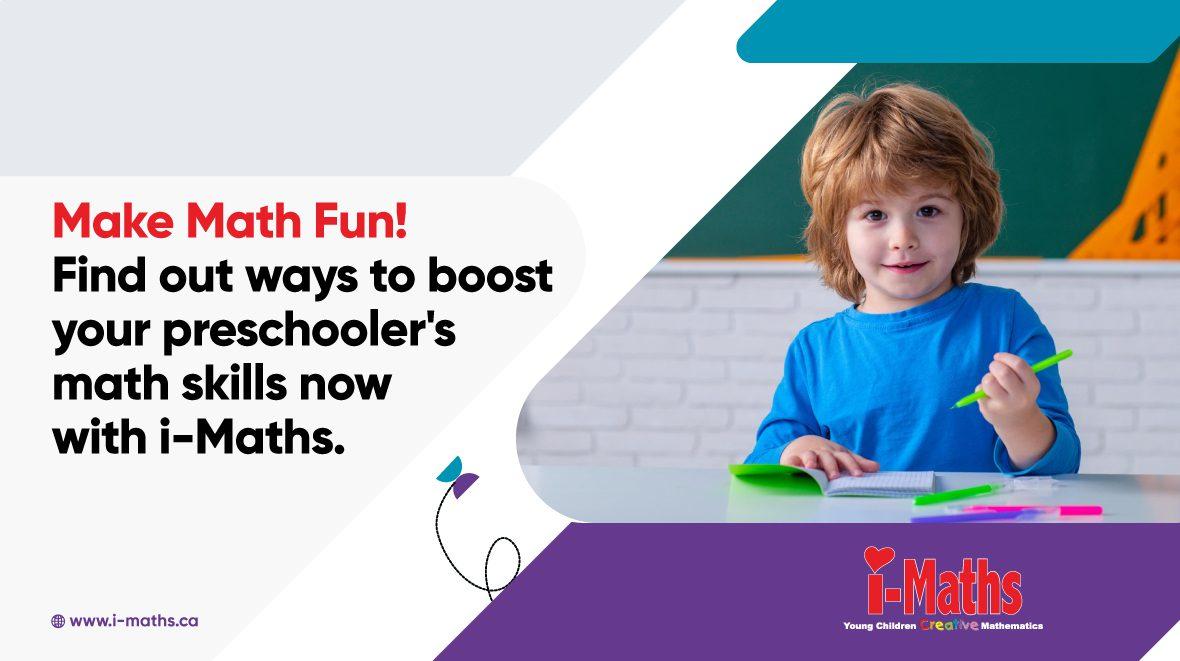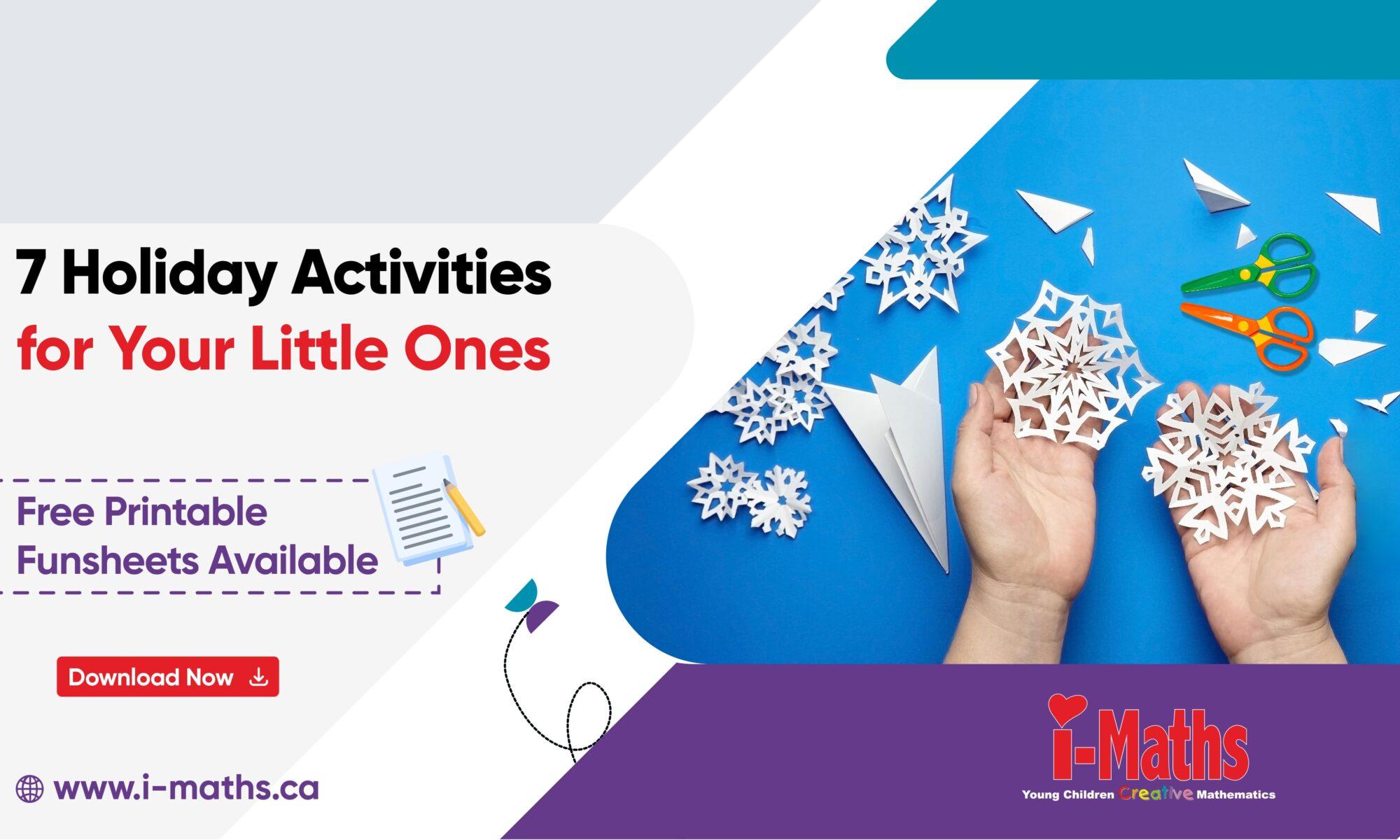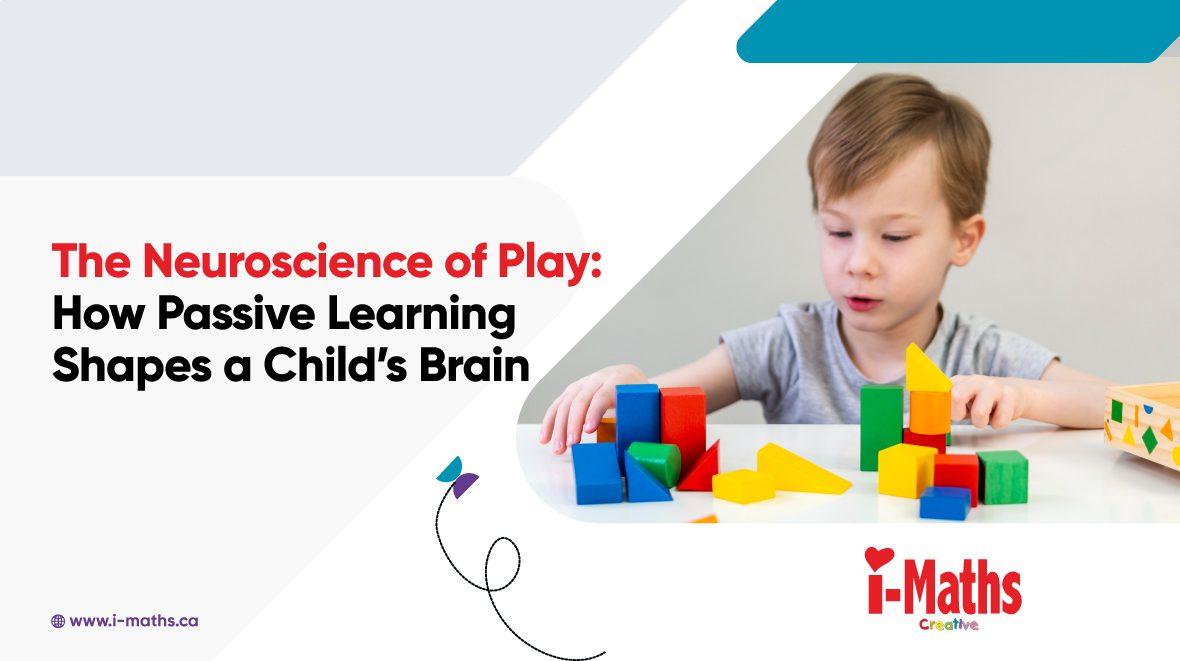As parents, we are keen observers of our children’s progress. We memorize all their firsts: their first word, the first time they sit or stand, the first time they say mom or dad, and so on. In the first year of their lives, they will also start developing motor skills. What motor skills you ask? Have you observed toddlers grasping objects, reaching for faces, rattling their toys, and other such actions? Those are some of the motor skills that kids develop.
Motor skills are of two types, gross motor skills and fine motor skills. Gross motor skills are the movements we make using the large muscles in our arms and legs, like standing, walking, and running. On the other hand, fine motor skills or dexterity involve coordinating muscles in the brain and nervous system to control the movement of other small muscles in the hands, fingers, eyes, and lips. Developing these skills enables children to undertake activities like tying shoelaces, buttoning a shirt, grasping a spoon, and eating and holding objects.
5 Activities That Boost Your Kid’s Fine Motor Skills
1. Building with Blocks
Building with blocks is an excellent workout for your child. By using their hands to grasp, position, and balance the blocks, kids strengthen their hand muscles, improve hand-eye coordination, and develop spatial awareness. They also practice decision-making and problem-solving as they build different structures. Whether they’re building structures or just stacking blocks, this is a fantastic preschool activity for your kids to enhance their fine motor skills while having a blast.
2. Painting
Painting is a fun and creative way to help preschoolers develop motor skills. You can encourage your kids to use their hands, sponges, strings, brushes, and other materials while painting. Using their hands to spread paint, squeeze the sponge, and hold brushes strengthens muscles and improves coordination.
3. Cutting Shapes
Using safety scissors to cut different shapes helps kids practice hand-eye coordination and focus, as they carefully use their scissors along the lines marked on the paper. As they practice cutting regularly, they build hand strength and control. With each snip, preschoolers sharpen their hand-eye coordination and get ready for bigger tasks like writing and drawing.
4. Puzzles
Puzzles offer a dynamic platform for preschoolers to refine their motor skills. Picking up puzzle pieces and placing them in the right place exercises their finger dexterity, problem-solving skills, and overall brain development. Puzzles from their favorite cartoon or Disney princess can easily capture their attention and help them enhance their focus and concentration.
5. Tangram
Tangram is a Chinese puzzle game consisting of seven geometric shapes put together in the shape of a square.
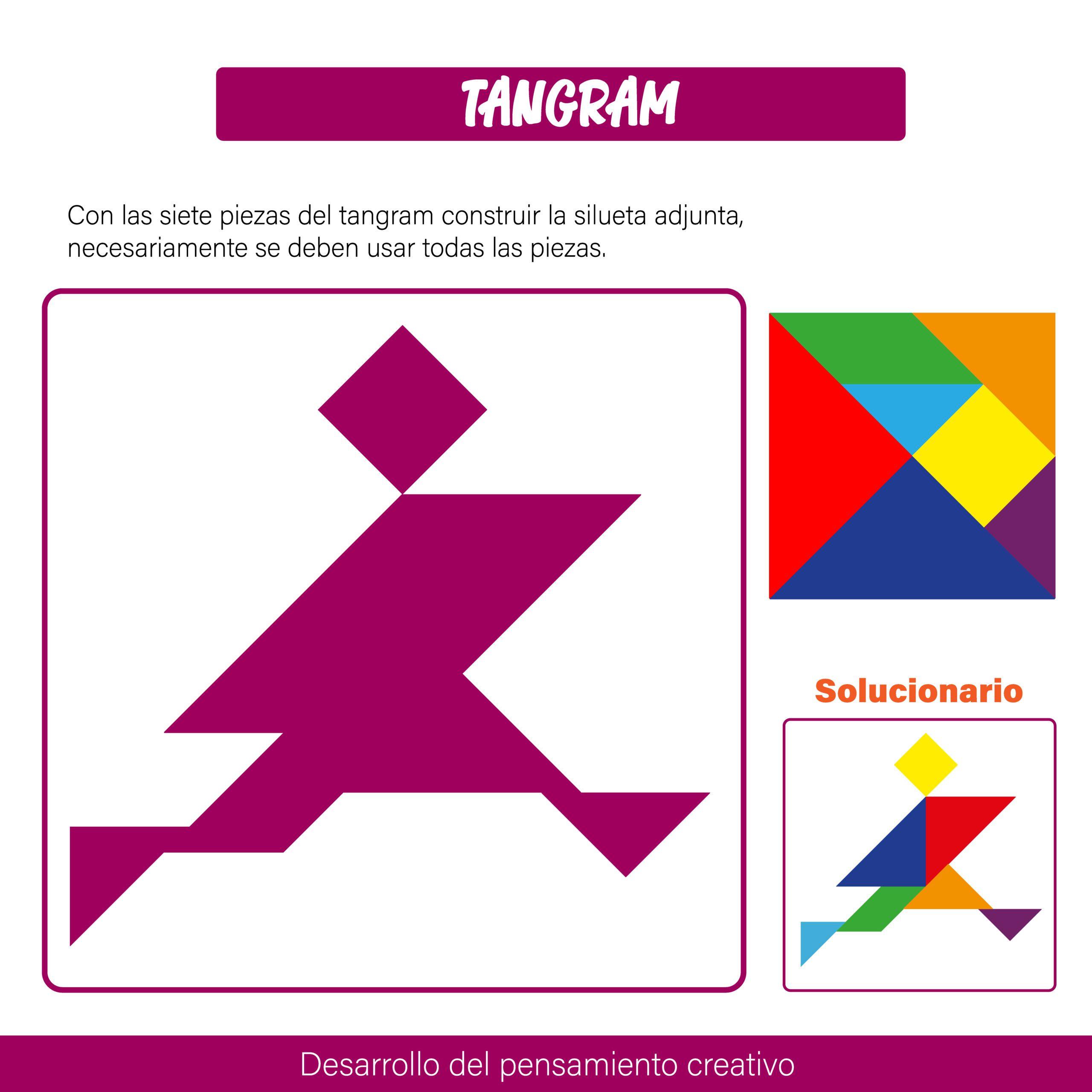
In this game, kids need to arrange these geometrical shapes to create shapes and figures using all seven pieces. Tangram puzzles are not only entertaining but also serve as a valuable tool for developing spatial awareness, problem-solving skills, and dexterity, making them popular educational toys for children and adults alike.
While these preschool activities can be included in your kid’s routine at home, there are structured early childhood education programs that make these tasks easy and fun. One such program is i-Maths, a dedicated program for preschool activities that fosters the development of cognitive skills, motor skills, confidence, creative thinking, and a fondness for math.
Why are Fine Motor Skills Important?
Every parent like yourself wants their child to be independent and confident over time. Fine motor skills lay the foundation for important activities like writing, buttoning clothes, zipping a zipper, twisting a doorknob, eating with utensils, and others. These are simple and basic tasks, but they play a big role in their daily routine.
These motor skills are also important for cognitive development, enhancing coordination, concentration, hand-eye movement, and other problem-solving abilities. They’re the building blocks for future academic success and will also enable your child to enjoy hobbies like playing a musical instrument, arts and crafts, playing video games, and so on.
Here is a reference chart of your preschooler’s fine motor skill milestones. This is only a point of reference, as each child is different and progresses at their individual pace.

The i-Maths childhood education program is a well-researched program for kids that is based on their cognitive development and learning patterns. At i-Maths, we employ fun preschool activities like the ones mentioned above and more to enhance your kid’s progress academically and beyond. Our goal is to lay a strong educational foundation and stimulate early brain development through fun and joyful mathematical exploration.
Harness your child’s strengths at an early age. Enroll them now in a globally successful childhood education program that adds a fun and creative twist to their learning journey.


